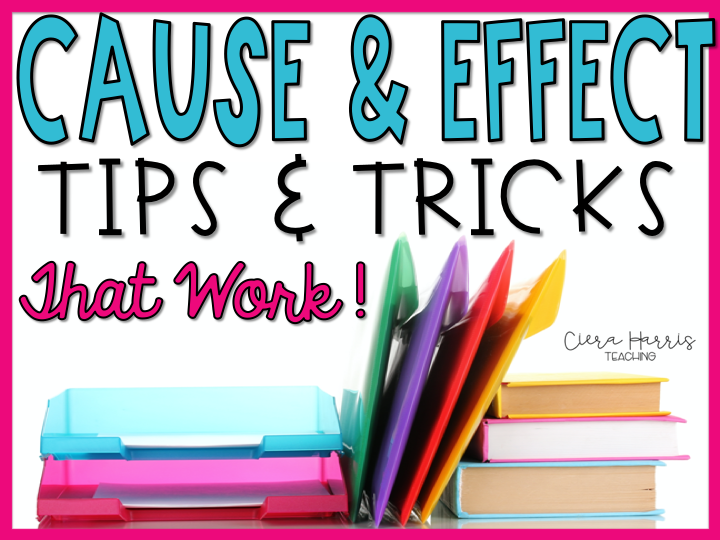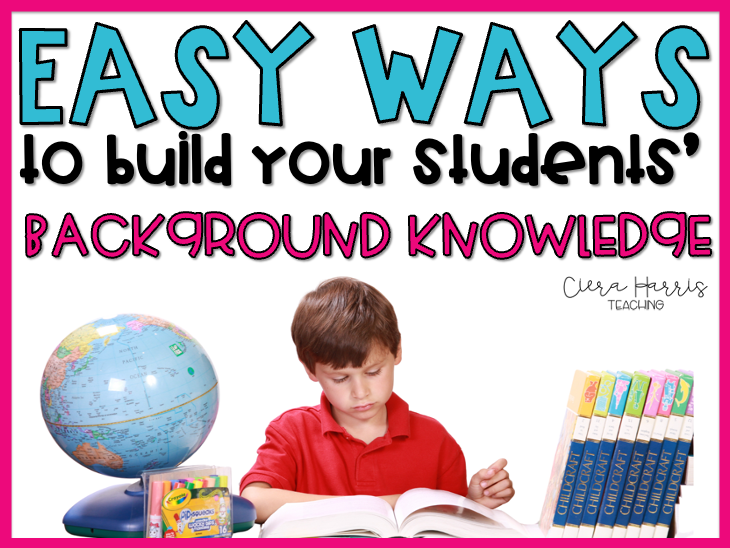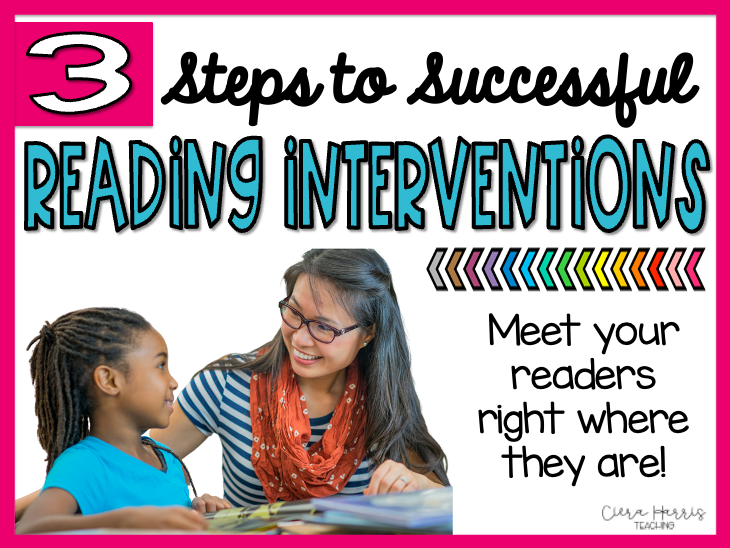Teaching reading is comprised of so many different skills, each one of them as important as the next. It’s when readers are well versed in all of the skills and can juggle them simultaneously that they truly become a successful reader. But just because readers use all of the skills at once doesn’t mean we should teach them all at once. Isolating each skill and focusing on mastering the skill helps students become confident and build their abilities as readers. Cause and effect is no different! Let’s check out some cause and effect activities that you can use in your elementary classroom!

Before we jump right into our cause and effect activities, I wanted to share with you some of my best tips! Utilizing these tips can help each of your lessons become the most successful.
- Teach students signal words! Using signal words for cause and effect can help students identify WHEN cause and effect situations are happening in a text. Signal words for cause and effect are ‘because, so, for, since, as, and due to. There are others but these are the most popular. Teach students that when they see a cause and effect signal word, there’s a possibility of a cause and effect relationship happening that we need to be aware of.
- Remind students that the Cause happens first! That doesn’t mean that when reading, the Cause is the first event they will read. But when discussing two related events where one caused the other – the cause will always be the FIRST thing that could have happened between those two events. This has been extremely helpful, even at the beginning stages where students are simply identifying which event out of two is the cause and which is the effect. If students know that the cause had to come first – it brings their thinking from something abstract (cause and effect) to something more concrete and sequential.
- Another great tip is to have students generate cause and effect examples! When students recognize true cause and effect examples in their everyday life, they are better equipped to identify them in stories. Let them see that this skill isn’t just something that author’s put into text, but instead, is something that occurs on a daily basis. The decisions that we make impact the outcomes of our day. This activity is perfect for a quick mini-lesson or warm-up for your cause and effect lesson!
- My final tip is to use photos to help students understand cause and effect! Photos are a great non-text way for students to see and understand how events are connected to each other in a variety of ways. From one photo, students can generate possible causes of what caused the photo to occur. They can also predict what effects could take place after the photo occurs. I love this activity because students have a large realm of possibilities for both directions and it really gets them to think.
So one of the biggest questions I often get is, ‘How do you plan out your week when teaching _____?” So I thought I’d show you and at the same time, give you tons of ideas on how you can teach this skill in your own classroom! When I plan out my week of comprehension lesson plans, I use a very specific formula that helps students slowly progress towards full application of the skill. You’ll see this progression through the activities below!
Cause and Effect Activity #1:
 On Monday, I begin by having students define the words. I want to make sure they know the definition of each word and can identify out of two events, which is the cause and which is the effect. I do this by relating it to simple pictures. This is where discussing that ’cause come first’ comes in handy!
On Monday, I begin by having students define the words. I want to make sure they know the definition of each word and can identify out of two events, which is the cause and which is the effect. I do this by relating it to simple pictures. This is where discussing that ’cause come first’ comes in handy!
I love making a simple flip-book for this! You can find images online and have students pair them together and glue on either side of the flipbook. Or they can even draw them as you discuss different scenarios related to cause and effect. On the inside of the flaps is where I have the students label which even is the cause and which is the effect.
Cause and Effect Activity #2:
On Tuesday, I introduce cause and effect keywords to my students. Together, we analyze examples of short cause and effect  texts and identify the keywords to best identify where the relationships are occurring. I like to keep the text short and sweet as to not overwhelm the students. We keep the focus on cause and effect. Together we highlight the keywords in each short text. Then we discuss how the keyword is showing us a cause and effect relationship in the text.
texts and identify the keywords to best identify where the relationships are occurring. I like to keep the text short and sweet as to not overwhelm the students. We keep the focus on cause and effect. Together we highlight the keywords in each short text. Then we discuss how the keyword is showing us a cause and effect relationship in the text.
I like creating little flaps on the bottom of the short stories to allow a bit more interactiveness in the activity. Students can glue the stories on to a piece of construction paper. They then lift the flaps to write the examples they find under them.
Cause and Effect Activity #3:
 On Wednesdays, I always love to incorporate a bit of error analysis into the lesson. I want to see what students have learned so far. And if they are able to identify when the skill is being used correctly. That looks like this: Before the lesson, I would prepare some very short texts/examples. I would have them pre-labeled with which event is the cause and which is the effect. Some are labeled correctly and some incorrectly. Together as a class we would read through them and figure out which is which.
On Wednesdays, I always love to incorporate a bit of error analysis into the lesson. I want to see what students have learned so far. And if they are able to identify when the skill is being used correctly. That looks like this: Before the lesson, I would prepare some very short texts/examples. I would have them pre-labeled with which event is the cause and which is the effect. Some are labeled correctly and some incorrectly. Together as a class we would read through them and figure out which is which.
This is a great way for students to practice the skill without having the completely apply the skill on their own yet. To make it more interactive, I will have the students sort the examples I create into a T-Chart. One one side is the correctly labeled examples and on the other side are the incorrectly labeled examples. Students love this activity! To take it a step further, we even then correct the incorrect side to make them all perfect!
Cause and Effect Activity #4:
Now that it’s Thursday and the week is almost over, I want to start giving my students a bit more of the responsibility of thinking on their own. So for Thursday’s lesson, I  simply find or write out short stories that included examples (no keywords). Underneath I add a simple chart where students can record causes and effects. To give them some support still, I will fill in one of the sides of each example.
simply find or write out short stories that included examples (no keywords). Underneath I add a simple chart where students can record causes and effects. To give them some support still, I will fill in one of the sides of each example.
This allows the students to read the text independently but still have some support when trying to identify a full cause and effect in the text. I’ve given them half of the relationship. They must figure out the other half and write it into the chart.
Cause and Effect Activity $5:
 It’s Friday and time for our students to be completely independent with the skill. Through the week, we’ve slowly walked them up to this point. We’ve taken away support gradually to increase their confidence and understanding of the skill. So today’s lesson works without any scaffolding at all. Students must read a text and identify examples (without keywords) on their own.
It’s Friday and time for our students to be completely independent with the skill. Through the week, we’ve slowly walked them up to this point. We’ve taken away support gradually to increase their confidence and understanding of the skill. So today’s lesson works without any scaffolding at all. Students must read a text and identify examples (without keywords) on their own.
To make it a bit more fun, I like to print off puzzle pieces and have students write in them. They cut them out and pair together once they find a cause and effect relationship in the given text. This makes for a great cumulative activity for the end of the week. You can use this as data to see what your students need before giving them an assessment on the skill.
So that’s it! My week all planned out and in an orderly fashion. This plan would work perfectly for 2nd or 3rd grade and even 4th-grade remediation. The best part is any grade can do this plan, all that needs to change is the level of the text. But of course, if you love the activities and just want everything done and at your fingertips, you could always grab my Cause and Effect Unit! Included is everything you see PLUS exit tickets, anchor chart, assessment, a craft, and even a reading center!

I hope you found some helpful information or fun ideas to try in your classroom! If you want to save this post for later, use the image below to pin!






